Traditional Marketing
Traditional marketing is a rather broad category that incorporates many forms of advertising and marketing. It’s the most recognizable type of marketing, encompassing the advertisements that we see and hear every day. Most traditional marketing strategies fall under one of four categories: print, broadcast, direct mail, and telephone.
Traditional Marketing uses strategies like direct sales, TV, radio, mail, print ads in newspapers or magazines, and printed materials like billboards, posters, catalogs, or brochures.
Digital Marketing
Digital marketing is also known as Internet marketing, but their actual processes differ, as digital marketing is considered more targeted, measurable, and interactive. It includes Internet marketing techniques, such as search engine optimization (SEO), search engine marketing (SEM), and link building.
Digital Marketing is the promotion of products through one or more forms of electronic media. For example, advertising via the Internet, social networking sites, mobile phones, etc. Digital marketing is similar to traditional marketing, but using digital devices.
Digital Marketing Vs Traditional Marketing
The major disadvantage of Traditional Marketing is that the results are not easily measured, and in many cases cannot be measured at all. Traditional marketing is static which means there is no way to interact with the audience.
Even though traditional marketing still has a place, it is diminishing in this digital world. For today’s businesses, it is imperative to have a website and use the web as a means to interact with their consumer base.
So, with this new approach of attracting customers, what benefits does digital marketing have that traditional marketing does not:
- Greater exposure: Digital marketing is an interactive means of reaching the local audience as well as to the global audience when appropriate.
- Easy to measure: Data is available immediately and results are much easier to measure.
- Customer engagement: Social media enables communication directly with groups and even individual consumers like word of mouth marketing.
- Level playing field: Build direct relationships with your customers through social media. It is 24X7 marketing and captures the most energetic crowd.
- Easy Analysis: You can instantly know what is working out for you and what isn’t. Thus helping you measure the trend of the interested audience, all in real-time.

